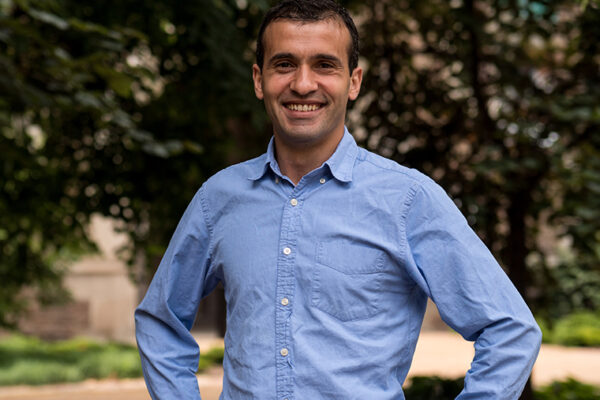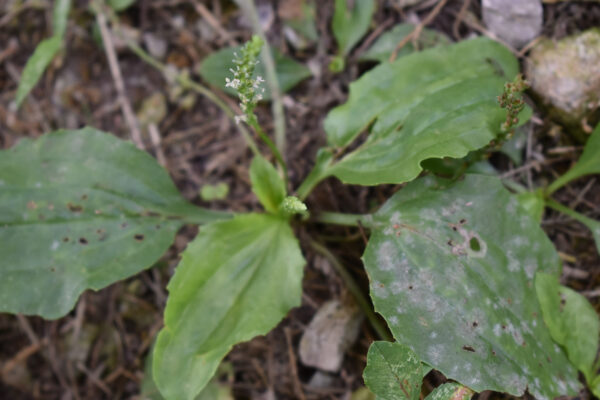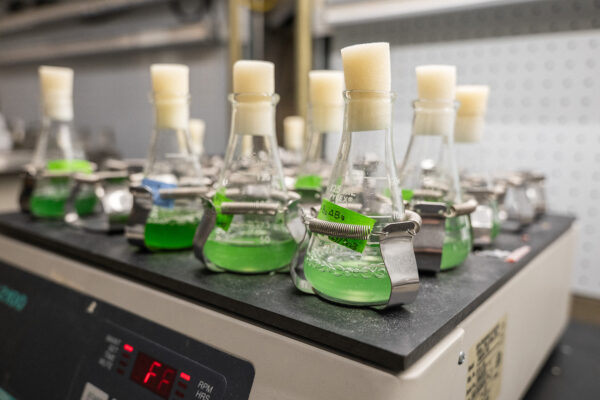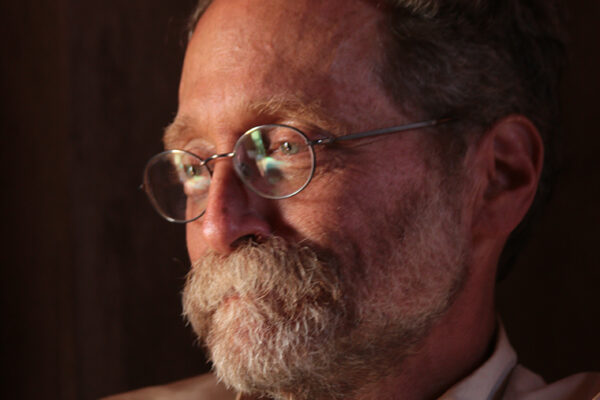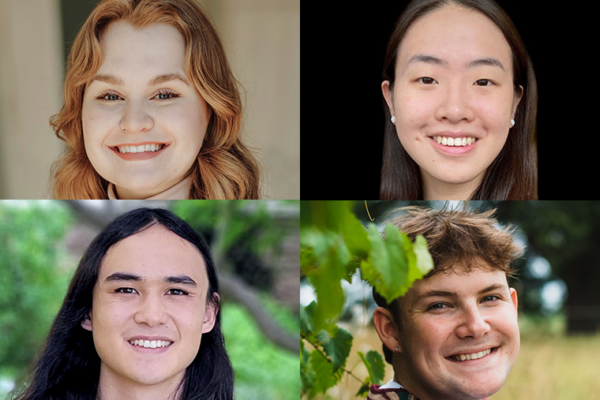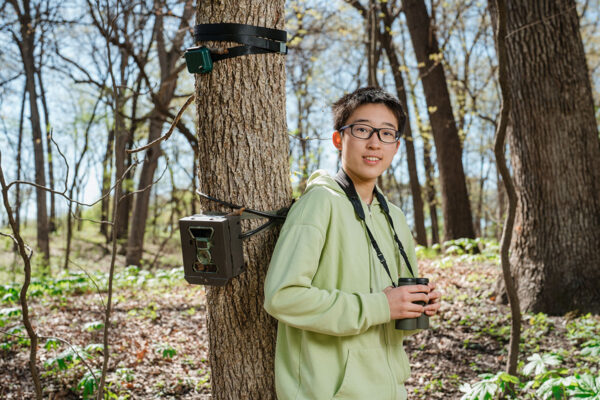Biologists take closer look at stress response in cells
Hani Zaher, a professor of biology in Arts & Sciences, published a study in Molecular Cell that dives into the mechanisms behind the ways cells respond to stress.
Why some plant diseases thrive in urban environments
A team led by biologist Rachel Penczykowski in Arts & Sciences found more infestations of powdery mildew in St. Louis than in the city’s surrounding suburbs and countryside.
Internal clock helps cyanobacteria sustain life on this planet
Most organisms on this planet rely on a circadian clock to function properly. New research published by biologists in Arts & Sciences investigates how an internal clock helps nitrogen-fixing cyanobacteria accommodate seemingly conflicting processes within a single cell.
Stan H. Braude, professor of practice in Arts & Sciences, 62
Stan Braude, a professor of practice in biology and in environmental studies in Arts & Sciences, died at home June 1, 2024. Braude was the first curator of the university’s arboretum and a world expert on naked mole-rat ecology, evolution and behavior in the wild.
New machine learning method can better predict spine surgery outcomes
Researchers at Washington University in St. Louis combine artificial intelligence and mobile health data to better predict recovery from lumbar spine surgery.
Chemo for glioblastoma enhanced by tapping into cell’s daily rhythms
A study from biologists and clinicians at Washington University in St. Louis reports that glioblastoma cells have built-in circadian rhythms that create better times of day for treatment.
Diamond, Queller elected to National Academy of Sciences
Washington University’s new National Academy of Sciences members are Michael S. Diamond, MD, PhD, the Herbert S. Gasser Professor of Medicine at the School of Medicine, and David C. Queller, the Spencer T. Olin Professor of Biology in Arts & Sciences.
Biology students win annual awards
Undergraduates Hannah Davis, Shelei Pan, Braxton Sizemore and Shan Wang were honored by the Department of Biology in Arts & Sciences at Washington University in St. Louis.
Biologists study trade-offs of microscopic predators
Being a predator has its own costs, and that’s as true for amoebae as it is for lions or wolves. Graduate student P.M. Shreenidhi joined David Queller and other Art & Sciences researchers to study the predatory nature of a particular soil-dwelling amoeba.
Class Acts: Yunfeng Ge
Yunfeng Ge is an avid bird and nature lover. Her extensive research and volunteer work has prepared her for life after graduation. She plans to pursue conservation work and eventually attend graduate school to study ecology.
Older Stories
